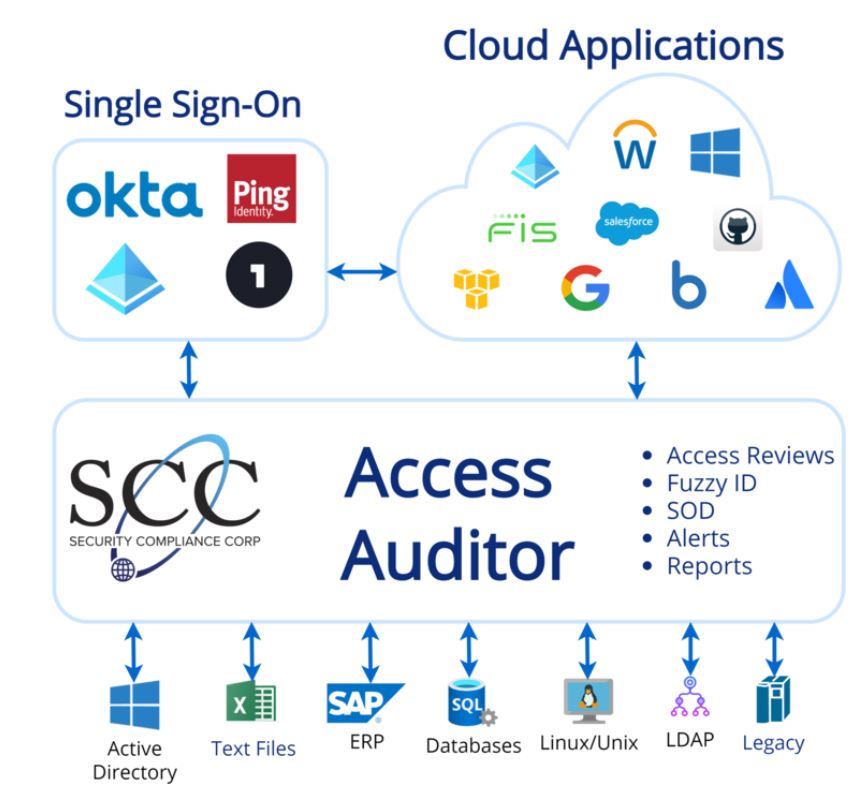In today's interconnected digital landscape, where data breaches and cyber threats loom large, ensuring the security of sensitive information is paramount for organizations across all sectors. With the increasing adoption of cloud services, remote work, and the proliferation of user accounts and permissions, managing user access has become more complex than ever before. This complexity introduces vulnerabilities that malicious actors may exploit, making it imperative for businesses to implement robust access control measures. Among these measures, User Access Reviews (UARs) stand out as a critical component of an organization's security and compliance strategy.
Understanding User Access Reviews
User Access Reviews, often referred to simply as access reviews or entitlement reviews, are systematic evaluations of user privileges within an organization's information systems. The primary objective of these reviews is to ensure that user permissions align with the principle of least privilege, granting individuals only the access necessary to perform their job functions effectively. By regularly scrutinizing user entitlements, organizations can identify and mitigate risks associated with excessive or inappropriate access, thereby safeguarding against insider threats and unauthorized external access.
The Importance of User Access Reviews
1. Security Enhancement:
User Access Reviews play a pivotal role in bolstering the overall security posture of an organization. By regularly auditing user permissions, businesses can promptly identify and rectify any discrepancies or anomalies, mitigating the risk of unauthorized data breaches and insider threats. This proactive approach to access management reduces the attack surface and enhances the organization's ability to detect and respond to security incidents effectively.
2. Regulatory Compliance:
In an era marked by stringent data protection regulations and compliance standards, such as GDPR, HIPAA, and PCI DSS, maintaining regulatory compliance is non-negotiable for businesses. User Access Reviews help organizations demonstrate compliance by ensuring that access controls align with regulatory requirements and industry best practices. By conducting regular access audits and documenting the review process, businesses can furnish auditors with the necessary evidence of compliance, thereby avoiding costly penalties and reputational damage.
3. Risk Mitigation:
Unauthorized access to sensitive data poses a significant risk to organizational integrity and confidentiality. User Access Reviews serve as a preemptive measure against such risks by identifying and remediating access control vulnerabilities before they can be exploited. By regularly assessing user privileges and enforcing segregation of duties (SoD) policies, organizations can minimize the likelihood of fraudulent activities and data breaches, safeguarding their assets and reputation.
Best Practices for Conducting User Access Reviews
1. Establish Clear Review Cycles:
Define regular intervals for conducting access reviews based on the organization's risk profile, regulatory requirements, and industry standards. While some businesses may opt for quarterly reviews, others may require more frequent assessments to mitigate higher security risks.
2. Define Review Scope and Criteria:
Clearly outline the scope of the access review, including the systems, applications, and user roles to be evaluated. Develop predefined criteria for assessing user entitlements, such as job roles, departmental affiliations, and data sensitivity levels, to ensure consistency and objectivity in the review process.
3. Implement Automated Review Tools:
Leverage automated access review tools and identity governance solutions to streamline the review process, improve efficiency, and minimize human error. These tools can automatically generate access reports, detect outliers, and facilitate role-based access certifications, enabling organizations to maintain audit trails and demonstrate compliance more effectively.
4. Involve Stakeholders:
Engage relevant stakeholders, including IT administrators, business unit managers, and compliance officers, in the access review process. Collaborative involvement ensures that access decisions are aligned with business requirements, regulatory mandates, and security objectives, fostering a culture of accountability and transparency.
5. Enforce Segregation of Duties (SoD):
Adopt SoD policies to prevent conflicts of interest and reduce the risk of fraud and data manipulation. Ensure that users are assigned access privileges in a manner that prevents them from performing conflicting or incompatible tasks, thereby minimizing the potential for insider threats and compliance violations.
6. Monitor and Remediate Findings:
Regularly monitor access review findings and promptly remediate any identified issues or violations. Implement a robust remediation process that involves revoking excessive privileges, reassigning roles, and documenting corrective actions to prevent recurrence and improve access governance over time.
Conclusion
User Access Reviews are indispensable for maintaining the security, integrity, and compliance of organizational data and information systems. By conducting regular assessments of user privileges, businesses can mitigate security risks, ensure regulatory compliance, and safeguard against unauthorized access and insider threats. By adhering to best practices and leveraging automated access review tools, organizations can streamline the review process, enhance efficiency, and strengthen their overall access governance framework. In an era characterized by evolving cyber threats and stringent regulatory requirements, User Access Reviews serve as a cornerstone of effective access management and risk mitigation strategies, enabling businesses to stay resilient in the face of emerging challenges.





Comments